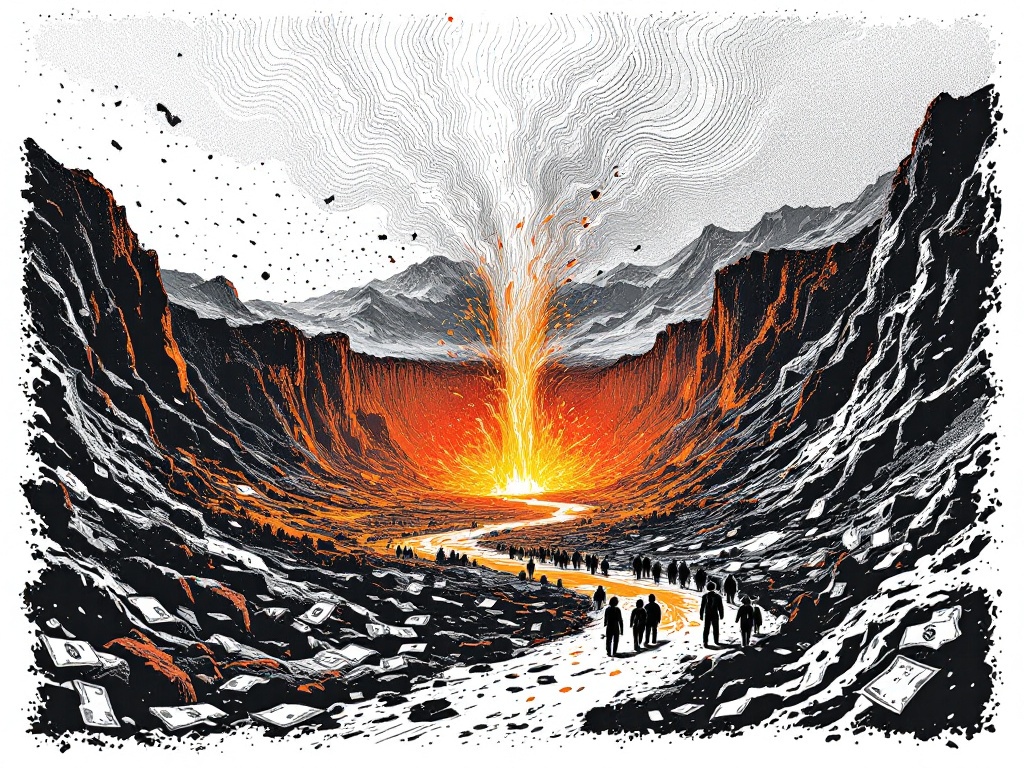Volcanic Eruption in Iceland Sparks Mass Evacuations

Iceland, Tuesday, 1 April 2025.
Thousands, including tourists at the Blue Lagoon, are evacuated as a volcano near Grindavik erupts. The fissure is rapidly expanding, raising concerns for the local economy and tourism.
Immediate Impact and Emergency Response
The volcanic eruption began at 09:45 local time on Tuesday, April 1, 2025, with a rapidly expanding fissure that reached 700 meters in width within the first hour [1]. The Icelandic Meteorological Office has confirmed that the eruption is occurring along the Sundhnúks Crater Row, following a series of earthquakes that struck the area around 06:30 local time [1][2]. In response to the imminent threat, authorities implemented swift evacuation procedures, with the Icelandic Civil Protection Agency operating at an emergency level [3].
Infrastructure and Safety Measures
Critical infrastructure protections have been tested, with reports indicating that lava has breached part of the defensive wall north of Grindavik [4]. The situation has prompted officials to implement extensive road closures, including Road 43 at its intersection with Road 41, Road 425 by Brimketill, and Road 427 at its junction with Road 42 [5]. While the eruption has caused significant local disruption, flights at Keflavík airport, located approximately 30 miles from Grindavik, remain unaffected [4][5].
Historical Context and Geological Significance
This event marks the eighth eruption in the region since late 2023 [6], highlighting the area’s intense volcanic activity. The current magma tunnel extends approximately 11 kilometers, marking it as the longest measured since November 2023 [1]. Iceland’s position over the Mid-Atlantic Ridge, combined with its 33 active volcano systems [GPT], makes such events particularly significant for geological study. The Reykjanes Peninsula had previously been dormant for 800 years before entering its current active phase in 2021 [1][6].
Economic and Tourism Impact
The closure of the Blue Lagoon, one of Iceland’s premier tourist destinations, represents a significant economic disruption to the region’s tourism sector [2][4]. The town of Grindavik, which had already seen most of its 4,000 residents evacuated in November 2023, now faces further challenges with only about 40 houses remaining occupied prior to this latest evacuation [1]. The ongoing volcanic activity continues to pose challenges for local economic recovery and tourism planning [alert! ‘exact economic impact figures not yet available’].